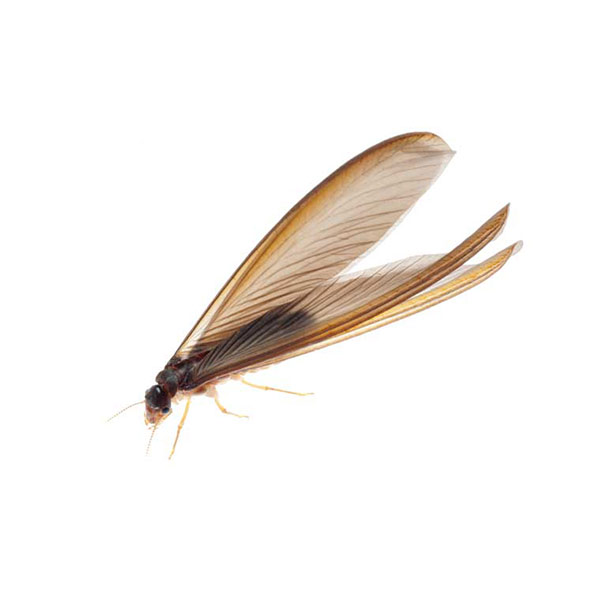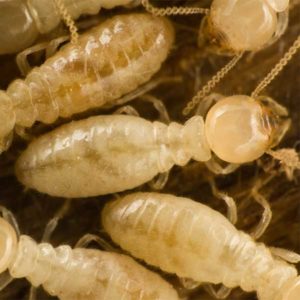Drywood Termites in Modesto CA
Termites are among the most destructive pests in the world, causing billions of dollars in property damage annually. In Modesto, California, drywood termites are a common problem due to the warm climate and dry conditions that provide an ideal habitat for these wood-destroying insects. Their colonies can be found in any wooden structure, including walls, floors, ceilings, and furniture. Evidence of an infestation usually includes discarded wings, and frass (piles of sawdust-like droppings). Drywood termites do not require much moisture and do not need contact with soil to thrive, allowing them to cause extensive structural damage to homes. An infestation can go years before detection, with swarms often being the first visible indication of an infestation.
Drywood Termite Habitat
Drywood termites in Modesto, California, are a persistent threat to homes and structures due to the region’s climate and abundance of wood. These termites do not need moist soil or water to survive, unlike other termites. Drywood termites have been known to enter homes through exposed wood or infested wooden furniture brought indoors, with infestations targeting above-ground wood. While their primary habitat is within the wood, drywood termites swarm to establish new colonies. During swarming, winged reproductive termites (alates) leave their parent colony to find a mate and start a new colony. These swarming flights typically occur in the warmer months.
Drywood Termite Behaviors, Threats, or Dangers
These termites do not pose a health risk to humans, nor do they bite. The main danger with drywood termites is the damage they can cause. Drywood termites are known for their ability to infest wood without leaving visible signs on the exterior. They do not build mud tubes or live in the soil, making them harder to detect until significant damage has occurred. Their feeding activity can weaken the structural integrity of buildings, leading to costly repairs. To prevent or control a drywood termite infestation, it’s important to enlist the help of a professional termite exterminator.


